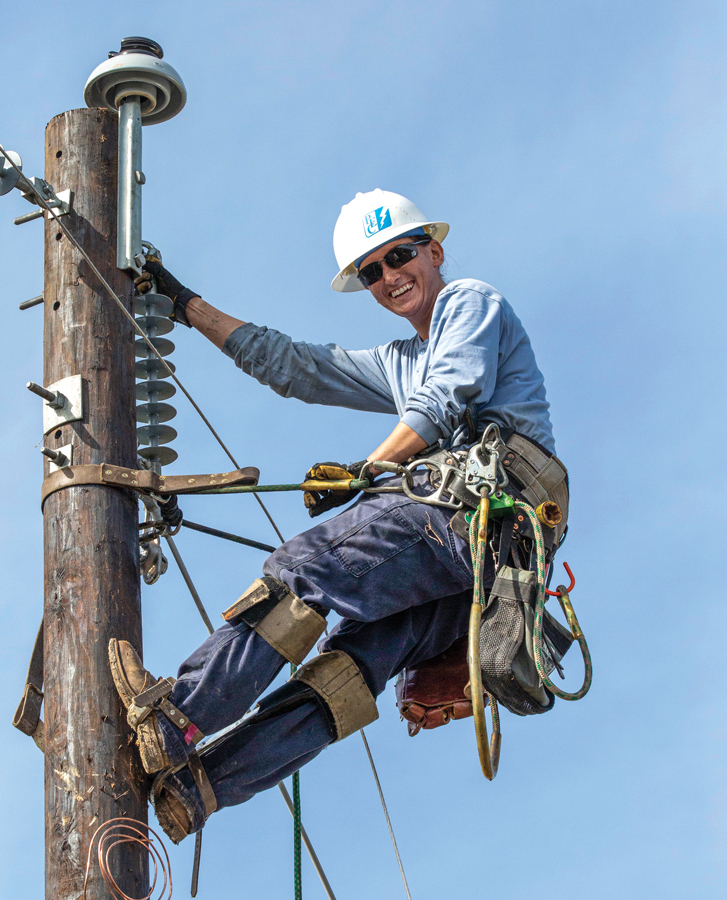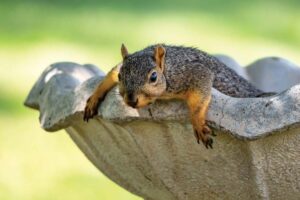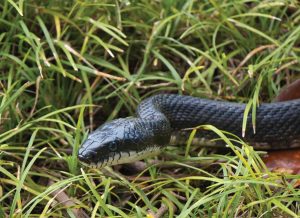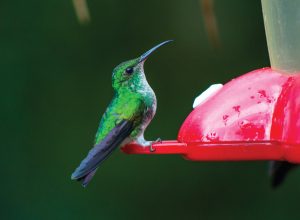Most of us enjoy watching birds, and the easiest way to do this during winter is to feed them. Not only will it pull the birds in close for viewing but will also give them the nutrition they need to survive the harsh winter.
Not all birdseed is created equal and you must choose the correct seed and feeders to use. The biggest mistake people make is choosing a birdseed that will attract birds they want instead of choosing a seed for the birds they already have.
As your neighborhood birds begin eating the food, they will begin to attract others. When this happens, you can then start feeding the appropriate seed for those birds.
Cracked corn is preferred by sparrows, jays, towhees, grouse, quail, doves, blackbirds and grackles. Cracked corn is inexpensive compared to other seeds and its high carbohydrate content makes it suitable for several species, particularly ground-feeding birds that eat a lot. Birds accustomed to eating corn from grain fields can easily be drawn to cracked corn. This seed can be offered in hopper or tray feeders or sprinkled directly on the ground for easy access.
Sunflower seeds are preferred by chickadees, house finches, titmice, jays, grosbeaks, cardinals, sparrows, nuthatches, woodpeckers, doves and goldfinches. All types of sunflower seeds are excellent for backyard birds and are a good choice if you are new to feeding birds. They can be used in several styles of feeders. Black oil sunflower seeds are the most common and are great for most songbirds, while the larger striped sunflower seeds are suitable for larger birds with stronger bills. Some smaller birds prefer hulled sunflower kernels and chips because they are easier to eat. The downside to this is that hulled seed can be more expensive.
Millet is preferred by doves and sparrows. These small white seeds are a common component of birdseed mixes and can be purchased separately for individual feeding if desired. This seed is useful in hopper and tube feeders, as well as for sprinkling on the ground or in tray or platform feeders.
Safflower seed is preferred by cardinals, nuthatches, jays, woodpeckers and house finches. This is a large, oval seed with a white shell that looks like a plain white sunflower seed. Safflower seed has a thick shell and the birds that prefer it need sturdy bills to crack the seeds. The good news with safflower is that squirrels do not like the bitter taste it leaves behind. The same hopper, tube or platform feeders you use for sunflower seeds will work well.
Suet is another choice for woodpeckers, cardinals, wrens, jays, blackbirds and a variety of other birds. Wire cages are the preferred method for dispensing suet because those attracted to it are the same birds clinging to trees as they search for insects. Place the cage 5 to 6 feet off the ground. Suet is high in energy birds need in the spring as they prepare to build nests and again in the fall as some birds prepare to migrate south.
Remember, one brand costing more than another doesn’t mean it is better. Look for sales to get the best deal on seed. Before purchasing a bag of seed, inspect it for mold, mildew, empty hulls and inedible “junk.” Most seed will come in clear bags for easier inspection. Some stores sell seed in open containers that will allow you to see exactly what you are purchasing.
Check the package ingredients to be sure the contents have not been treated with pesticides or insecticides that might be harmful to the birds.
Feeding birds is an enjoyable way to spend the cold winter months and experience wildlife in your own backyard. Learn what species of birds you already have and feed the appropriate seed in feeders meant for that type of seed.









